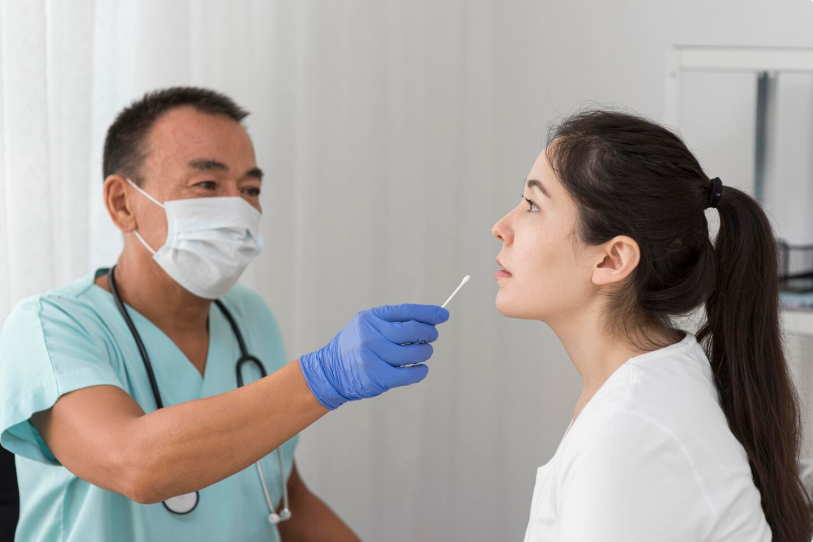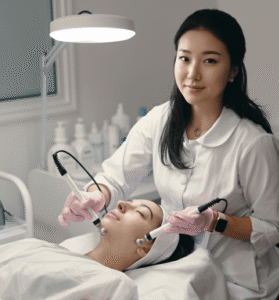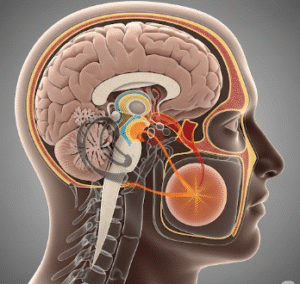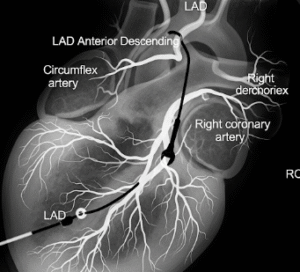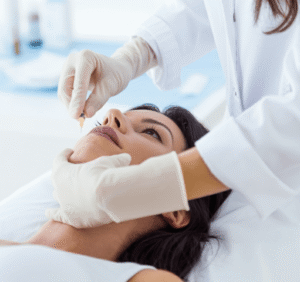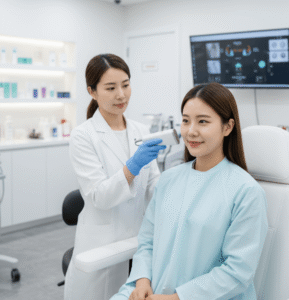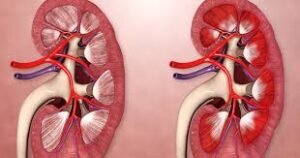What It Is
Nasal Valve Repair is a surgical procedure aimed at correcting structural or functional issues in the nasal valve area, which is the narrowest part of the nasal airway. Problems in this area can lead to breathing difficulties, snoring, or chronic nasal obstruction. The procedure may involve grafting, cartilage repositioning, or suture techniques to strengthen and widen the nasal valve.
Why It’s Done
Patients undergo nasal valve repair to:
- Improve airflow and alleviate nasal obstruction
- Correct congenital or traumatic deformities
- Address collapse due to previous rhinoplasty or aging
- Reduce snoring or sleep-disordered breathing
Both functional and aesthetic considerations may be involved, especially when combined with rhinoplasty.
Alternatives
Non-surgical options include:
- Nasal dilators or external nasal strips to temporarily improve airflow
- Injectable fillers to provide minor structural support
- Medical management of nasal inflammation (e.g., corticosteroid sprays)
Surgical alternatives may include different types of grafts or minimally invasive cartilage repositioning depending on severity.
Preparation
Preparation steps include:
- Detailed nasal examination and imaging (CT scan or endoscopy)
- Evaluation of cartilage availability for grafting if needed
- Avoiding blood-thinning medications, smoking, and alcohol before surgery
- Fasting if general anesthesia will be used
How It’s Done
Nasal valve repair is performed under local anesthesia with sedation or general anesthesia. Techniques vary based on the underlying problem:
- Placement of cartilage grafts to reinforce the lateral nasal wall
- Suturing techniques to reposition weakened structures
- Use of spreader or batten grafts for severe collapse
Surgery typically takes 1–2 hours and can be outpatient or with a short hospital stay.
Recovery
Recovery includes:
- Managing mild pain, swelling, or bruising
- Avoiding trauma or pressure to the nose
- Using nasal splints or internal supports as directed
- Follow-up visits to monitor airway patency and healing
Most patients resume normal activities within 1–2 weeks, with full results visible after several months.
Possible Complications
Potential risks include:
- Infection or bleeding
- Graft displacement or absorption
- Persistent nasal obstruction if repair is inadequate
- Cosmetic changes or asymmetry
- Scar formation inside the nasal cavity
Selecting an experienced Korean surgeon significantly reduces complication rates.
Treatment Options in Korea
Diagnosis
Korean ENT and plastic surgeons use physical examination, nasal endoscopy, and imaging to identify valve collapse and plan precise repair.
Medical Treatments
Non-surgical options like nasal dilators or corticosteroid therapy can provide temporary relief but do not offer permanent structural correction.
Surgical or Advanced Therapies
Korean surgeons employ advanced grafting techniques, minimally invasive approaches, and computer-assisted planning for durable functional and aesthetic outcomes.
Rehabilitation and Support
Postoperative care involves nasal care instructions, follow-up consultations, airway monitoring, and access to international patient services for support and guidance.
Advantages of receiving treatment in Korea: highly skilled surgeons, cutting-edge surgical technology, precise planning for natural results, cost-effective care for international patients, and high success rates in both functional and cosmetic nasal valve reconstruction.

